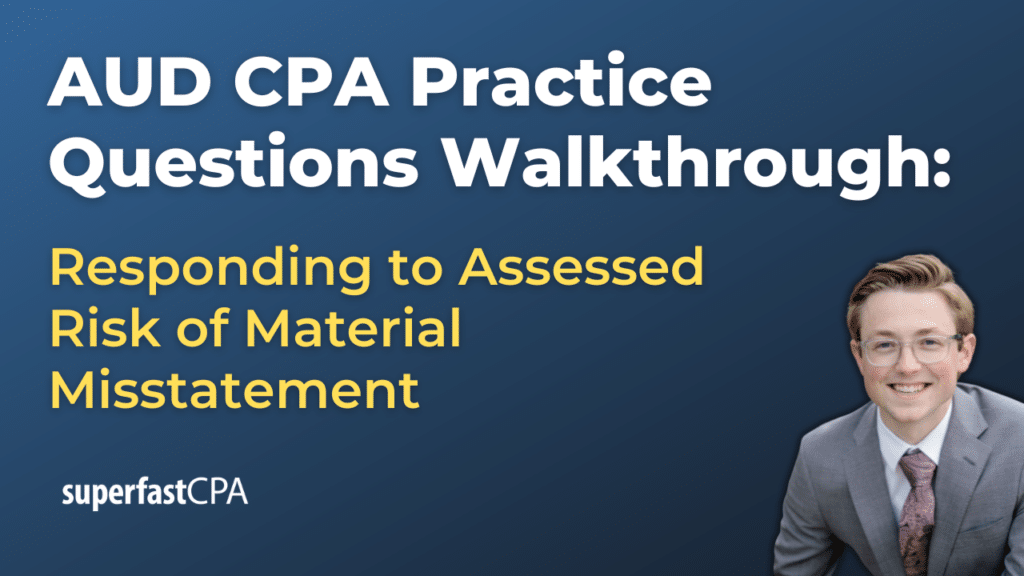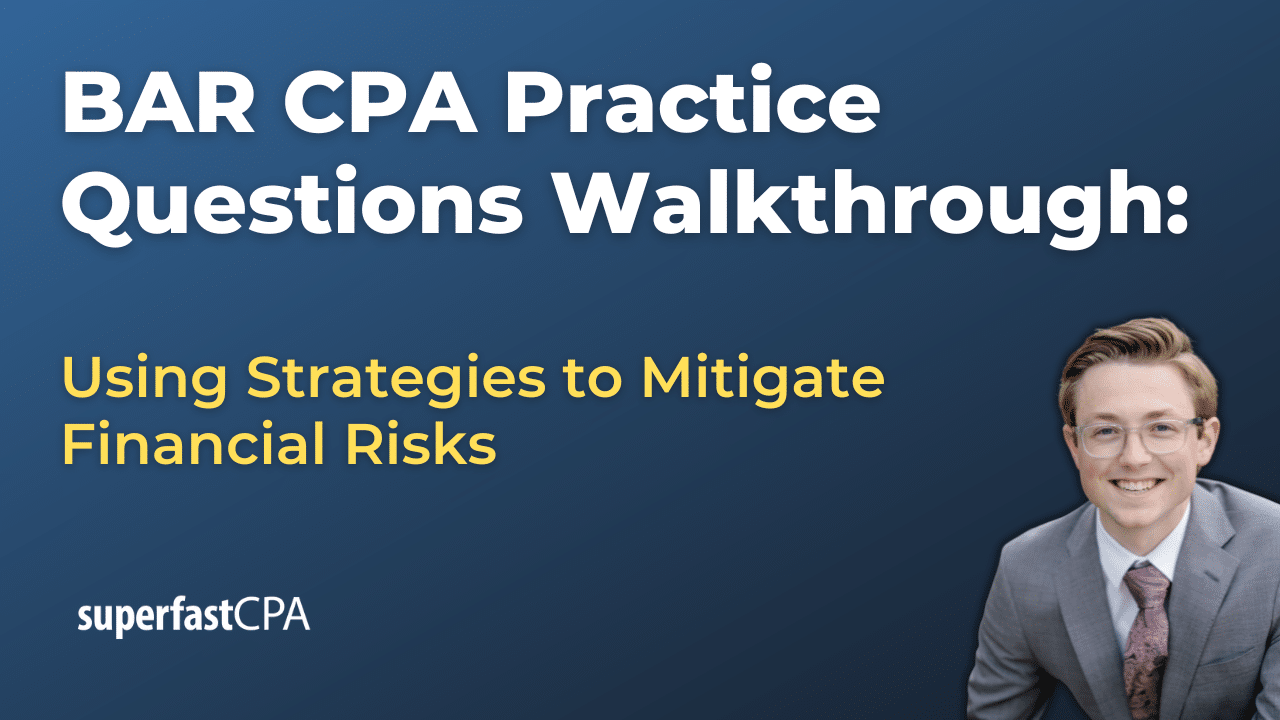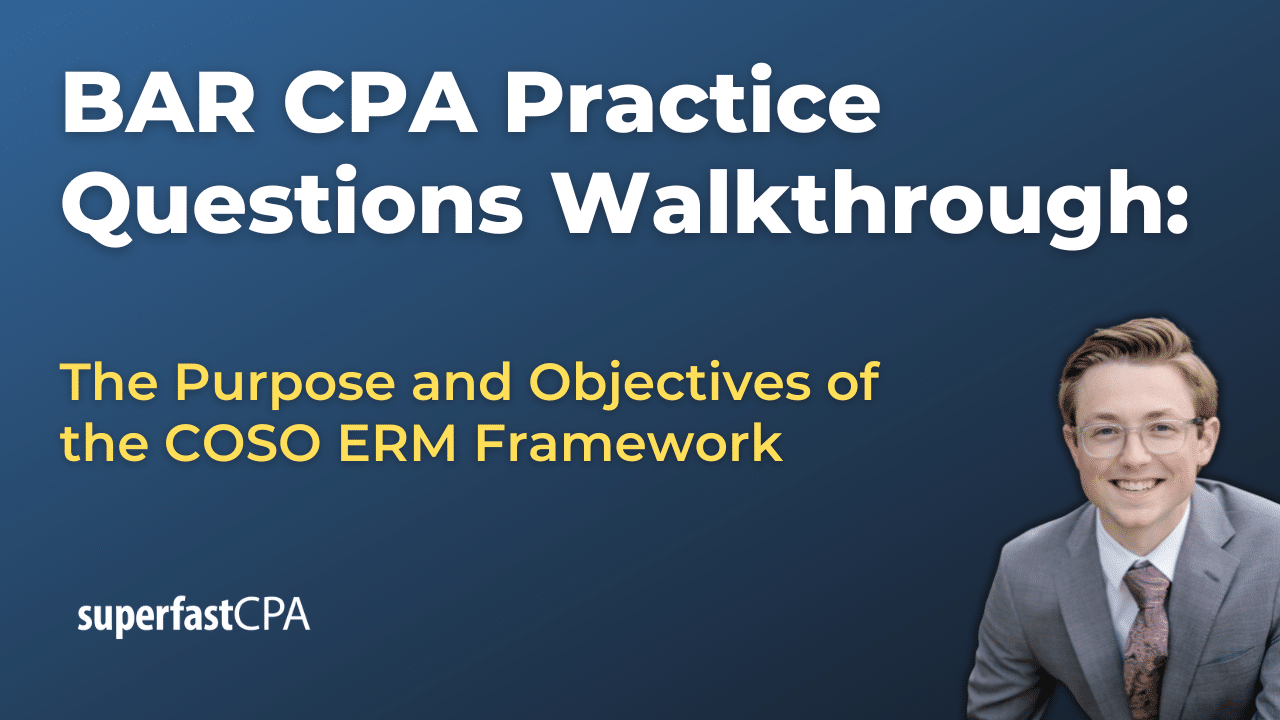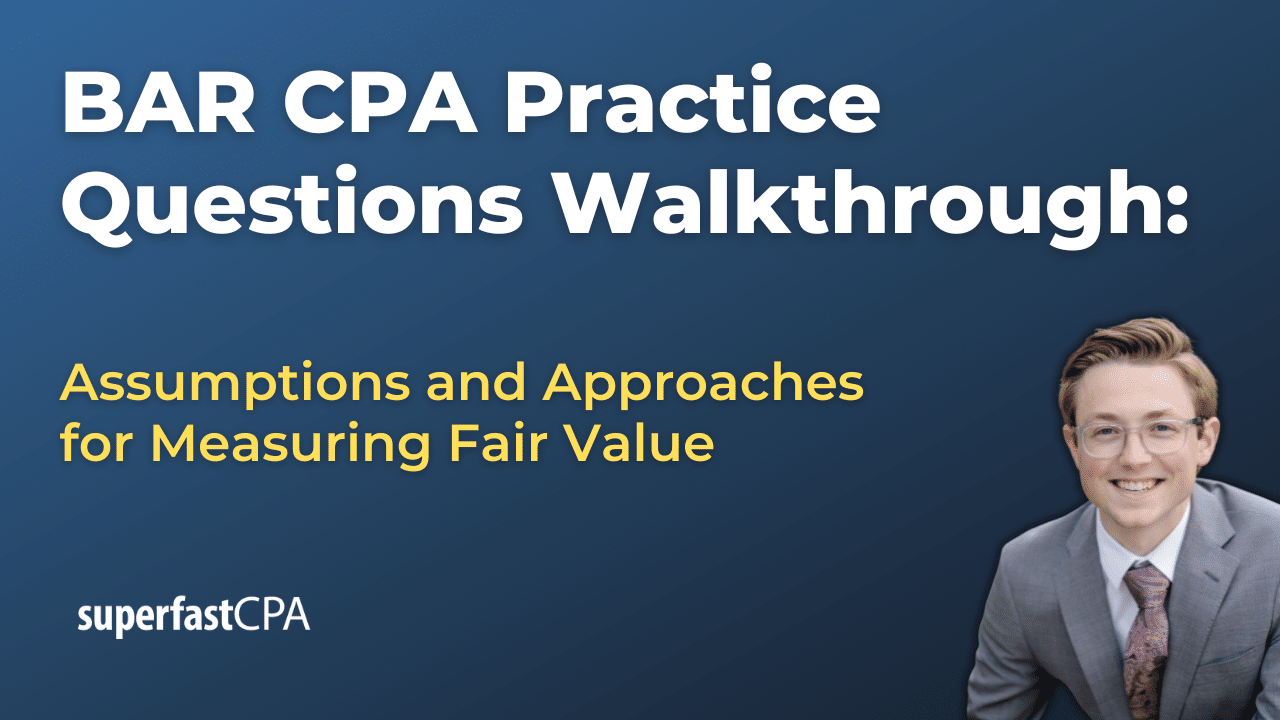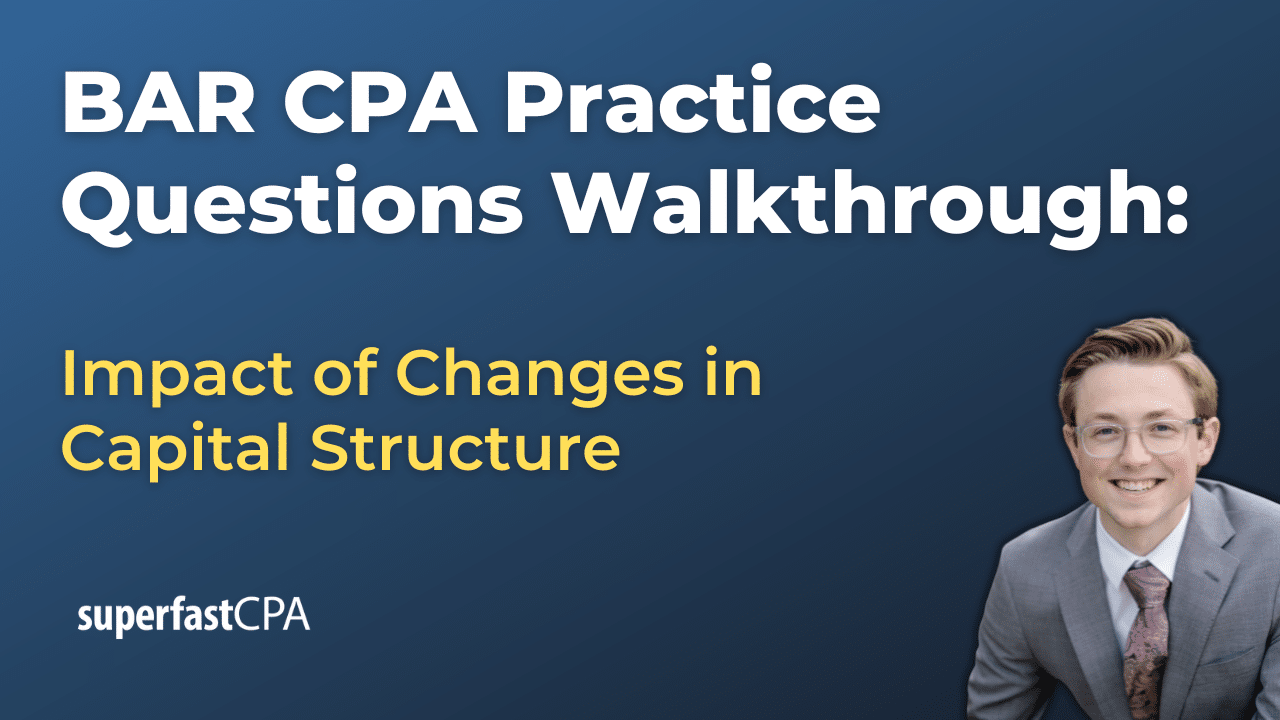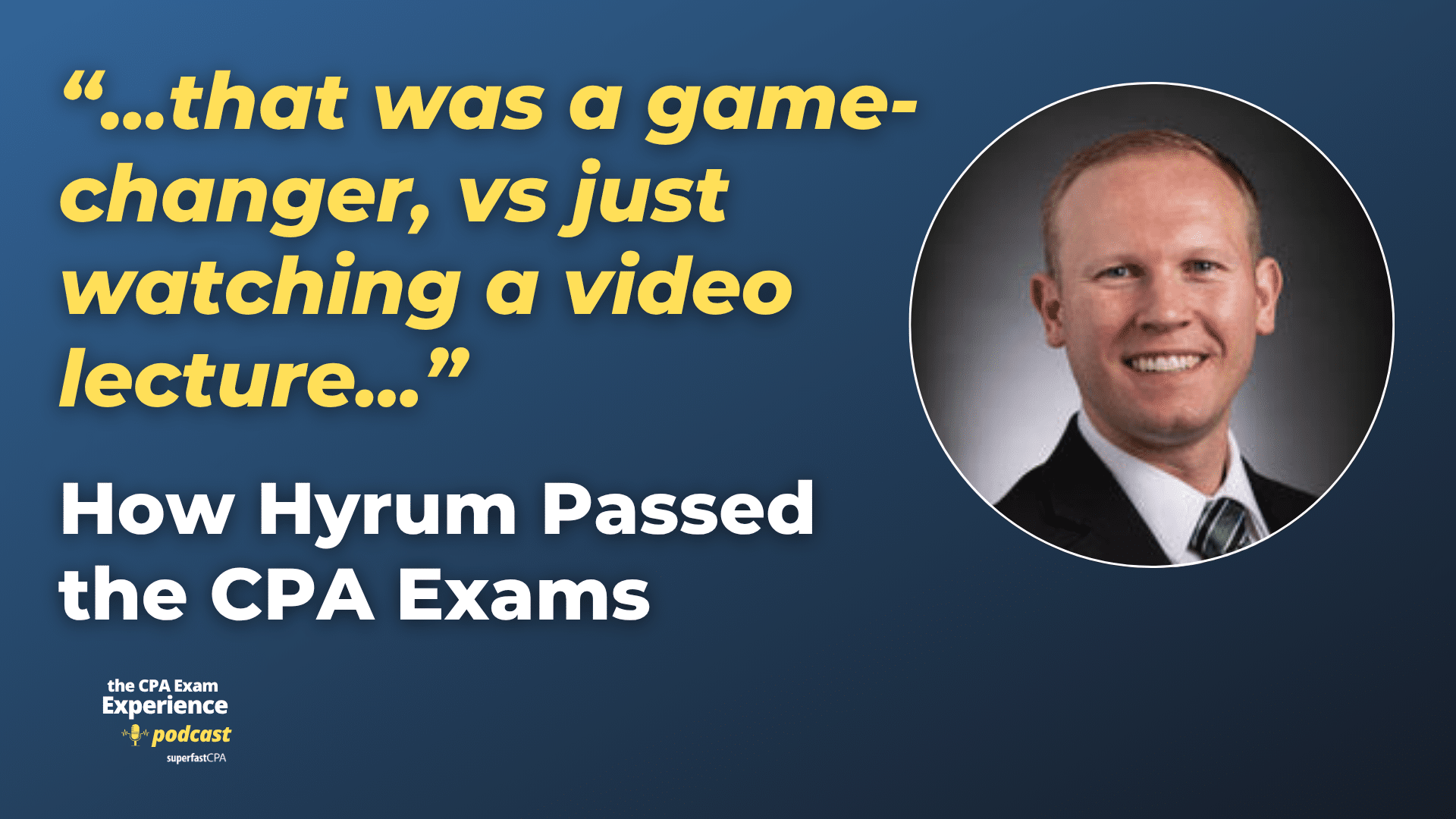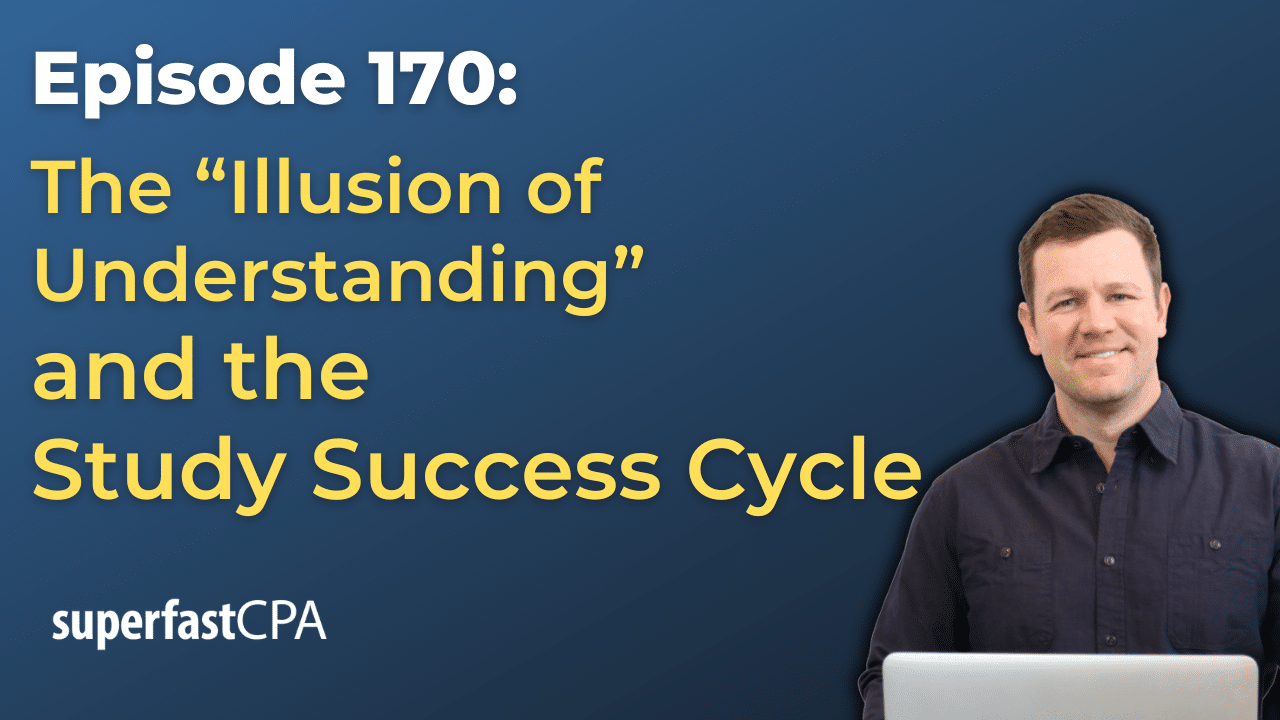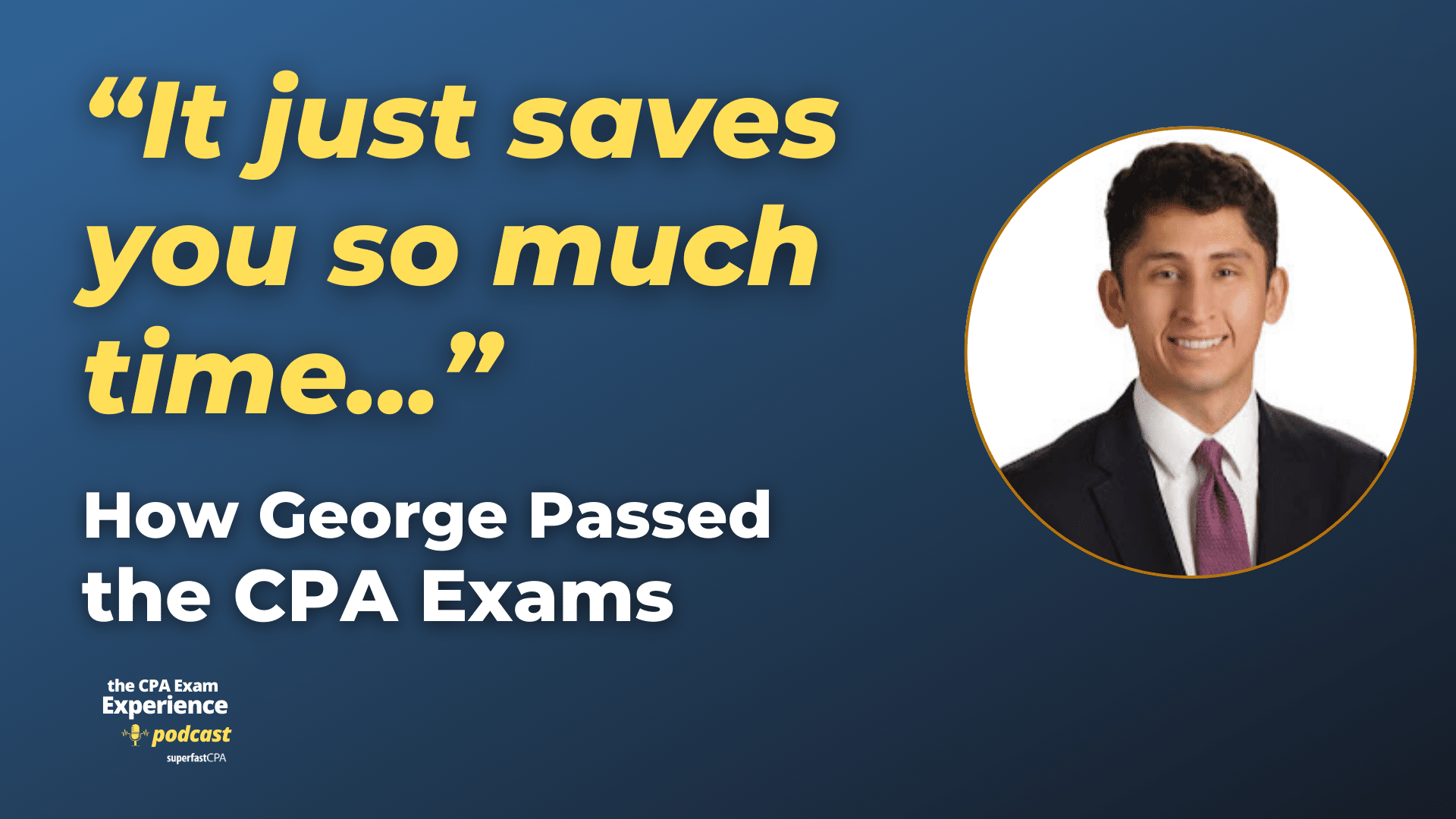In this video, we walk through 5 AUD practice questions teaching about responding to assessed risk of material misstatement. These questions are from AUD content area 2 on the AICPA CPA exam blueprints: Assessing Risk and Developing a Planned Response.
The best way to use this video is to pause each time we get to a new question in the video, and then make your own attempt at the question before watching us go through it.
Also be sure to watch one of our free webinars on the 6 “key ingredients” to an extremely effective & efficient CPA study process here…
Responding to Assessed Risk of Material Misstatement
Auditors must evaluate risks of material misstatement at the financial statement level and determine appropriate responses. These responses should align with the assessed risks, considering factors such as professional skepticism, engagement team supervision, unpredictability in testing, and the control environment. Below are key strategies auditors use to address heightened risks and ensure the reliability of financial statements.
Increasing Professional Skepticism
Professional skepticism is a fundamental mindset in auditing. It requires auditors to critically assess audit evidence, question management’s assertions, and remain alert for potential bias. When financial statement risks are elevated, auditors should deepen their skepticism by verifying supporting documentation, seeking independent corroboration, and challenging management’s assumptions.
For example, if management presents optimistic revenue projections despite prior inconsistencies, an auditor might compare those projections with historical trends and industry data instead of relying solely on management’s explanations.
Increasing Supervision
When an audit involves complex financial transactions or heightened risk areas, stronger supervision helps ensure audit procedures are properly executed. Engagement leaders should conduct frequent reviews, provide additional guidance to team members, and ensure that significant risks receive adequate attention.
Consider a scenario where an audit team finds unusual inventory fluctuations. A more senior auditor may step in to review sampling decisions, assess potential misstatements, and determine if additional audit procedures are needed.
Including Elements of Unpredictability
To prevent management from anticipating audit procedures and potentially manipulating financial reporting, auditors introduce unpredictability. This may involve changing the timing of procedures, selecting different transaction samples, or testing previously unexamined accounts.
For instance, rather than always testing high-dollar transactions, an auditor might randomly select smaller transactions to identify potential misstatements that could otherwise go unnoticed.
Assigning More Experienced Staff or Specialists
Complex or high-risk areas often require specialized knowledge. Assigning experienced auditors or engaging specialists ensures that significant estimates, technical accounting matters, and industry-specific risks are properly assessed.
For example, when auditing pension liabilities, an engagement team might bring in an actuarial specialist to review management’s assumptions about discount rates and future obligations. Similarly, if foreign currency transactions pose a risk, auditors with expertise in international accounting may be assigned to that area.
Other Responses to Assessed Risk of Material Misstatement
Depending on the identified risks, auditors may take additional steps such as increasing substantive testing, re-evaluating audit procedures, or choosing not to rely on internal controls. When control weaknesses are identified, auditors may decide to bypass control testing and instead perform extensive substantive procedures to obtain sufficient audit evidence.
For example, if a company’s revenue recognition controls are deemed ineffective, the auditor may increase substantive testing of revenue transactions instead of relying on those controls. Additionally, newly identified risks, such as an expansion into international markets, should be analyzed in conjunction with existing risks to determine how they impact financial reporting.
Final Thoughts
Auditors must remain adaptable in responding to risks of material misstatement. Whether through professional skepticism, increased supervision, unpredictability in testing, or specialized expertise, the response should align with the specific risks identified. Evaluating these risks in conjunction with the overall control environment helps auditors maintain audit quality and ensure financial statement reliability.

